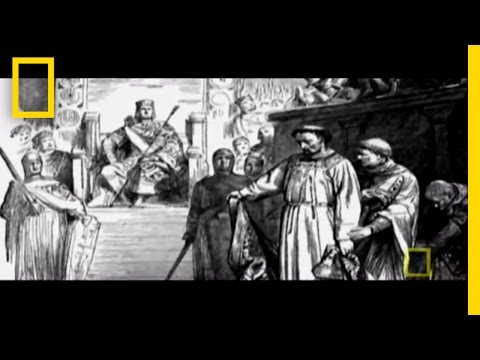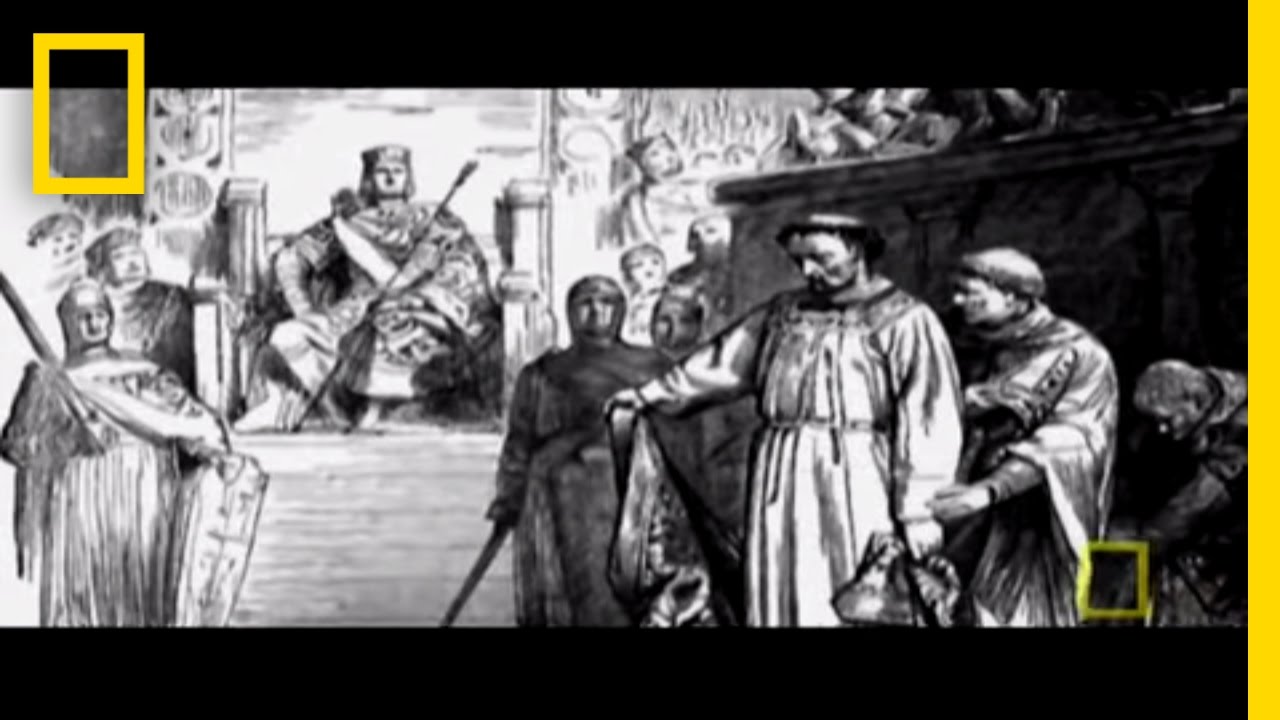Halloween Origins: Discover the mysterious and captivating history behind one of the most beloved holidays in the world. Unveiling ancient traditions and folkloric tales, delve into the origins of Halloween. Travel back centuries to uncover the fascinating origins of this holiday, tracing its roots to the ancient Celtic festival of Samhain. Embrace the allure of this extraordinary celebration as it evolved over time, blending Celtic beliefs with Roman and Christian influences. Explore the enchanting legends surrounding the thinning of the veil between the living and the dead, as communities lit bonfires and donned costumes to ward off roaming spirits. Uncover the origins of iconic Halloween symbols, from jack-o’-lanterns to black cats, and their symbolism in ancient folklore. Immerse yourself in the rich cultural heritage that shaped this extraordinary holiday, and gain a newfound appreciation for its significance today. From its humble beginnings in rural Ireland to its modern-day global phenomenon, Halloween’s origins are filled with intrigue, magic, and a touch of the supernatural. Embark on a journey through time and uncover the captivating origins of Halloween, a celebration that continues to mesmerize and enchant us all.

The Origins of Halloween
| Year | Origin | Description |
|---|---|---|
| Samhain | Celtic Paganism | Samhain, pronounced “sow-in,” was a Celtic festival that marked the end of the harvest season and the beginning of the darker half of the year. It was believed that on this night, the boundary between the living and the dead was blurred, allowing spirits to roam the earth. |
| All Saints’ Day | Christianity | All Saints’ Day, also known as All Hallows’ Day, originated in the 7th century and was celebrated to honor all saints and martyrs. It was established by Pope Boniface IV and later moved to November 1st by Pope Gregory III, aligning it with the Celtic festival of Samhain. |
| All Hallows’ Eve | Christianity | All Hallows’ Eve, now known as Halloween, is the evening before All Saints’ Day. It was considered a time to remember the dead and prepare for All Saints’ Day. The name “Halloween” is derived from “All Hallows’ Evening,” gradually evolving into its current form. |
| Mexican Day of the Dead | Mesoamerican Indigenous Cultures | The Mexican Day of the Dead, or Día de los Muertos, is a vibrant celebration that combines ancient Mesoamerican beliefs with Catholicism. It originated from Aztec rituals dedicated to the goddess Mictecacihuatl, the Lady of the Dead, and evolved into a multi-day festival to honor and remember deceased loved ones. |
| Harvest Festivals | Ancient Agricultural Societies | Harvest festivals have been celebrated by various ancient civilizations throughout history. These festivals, such as the Roman festival of Pomona and the Celtic festival of Lughnasadh, marked the end of the harvest season and were often associated with themes of abundance, gratitude, and the cycle of life and death. |
Spooky Origins: Unveiling the Intriguing History of Halloween
The Origins of Halloween
Every year on October 31st, people around the world celebrate Halloween with costumes, parties, and spooky decorations. But have you ever wondered where this popular holiday originated? Halloween has a long and fascinating history that dates back thousands of years. In this article, we will explore the origins of Halloween and how it has evolved into the holiday we know today.
The Celtic Festival of Samhain
Halloween can be traced back to the ancient Celtic festival of Samhain, which marked the end of the harvest season and the beginning of winter. The Celts believed that on the night of October 31st, the boundary between the living and the dead was blurred, and spirits could freely roam the earth.
During Samhain, the Celts would light bonfires and wear costumes to ward off roaming spirits. They also believed that the presence of these spirits made it easier for Druids, Celtic priests, to make predictions about the future. The festival involved various rituals and offerings to appease the spirits and ensure a bountiful harvest the following year.
Christian Influence: All Hallows’ Eve
With the spread of Christianity, the Celtic festival of Samhain began to merge with Christian traditions. In the 8th century, Pope Gregory III designated November 1st as All Saints’ Day, a day to honor all saints and martyrs. The evening before, October 31st, became known as All Hallows’ Eve, eventually evolving into Halloween.
During the Middle Ages, the Christian Church incorporated some of the Celtic traditions into the celebration of All Hallows’ Eve. For example, bonfires became bonfires of the saints, and people continued to wear costumes, although now they were often representations of saints, angels, or demons.
Trick-or-Treating: An American Tradition
Trick-or-treating as we know it today has its roots in a blend of European and American traditions. In the late 19th century, Irish immigrants brought their Halloween customs, including the practice of going door-to-door asking for food or money, to the United States.
However, it wasn’t until the early 20th century that trick-or-treating became widespread. In the 1920s and 1930s, Halloween parties and parades became popular, and children would dress up in costumes to go door-to-door and receive treats. The phrase “trick or treat” became a common expression, implying that if no treat was given, a prank might be played.
Modern Halloween Traditions
Over time, Halloween has evolved into a holiday characterized by costumes, decorations, and activities that blend ancient and modern traditions. Today, people of all ages enjoy dressing up as their favorite characters, carving pumpkins, and attending Halloween parties.
Jack-o’-lanterns, a popular Halloween decoration, have their origins in Irish folklore. According to the legend, a man named Jack, who was known for his trickery, was denied entry into both heaven and hell. He was condemned to roam the earth with only a burning coal inside a hollowed-out turnip to light his way. Irish immigrants brought this tradition to America, where pumpkins were more readily available, and the tradition of carving jack-o’-lanterns began.
Haunted houses and corn mazes have also become popular Halloween attractions. These activities originated from the belief that during Samhain, spirits were most likely to appear and cause mischief. People began creating haunted houses and mazes to simulate this otherworldly experience.
The Global Celebration of Halloween
Today, Halloween is celebrated in various countries around the world, although customs and traditions may differ. In Mexico, the holiday is known as Dia de los Muertos, or the Day of the Dead, where families gather to honor their deceased loved ones. In Japan, Halloween has become increasingly popular, with people dressing up in costumes and visiting theme parks.
Overall, the origins of Halloween can be traced back to the ancient Celtic festival of Samhain, which marked the end of the harvest season and the beginning of winter. Over time, the holiday incorporated Christian traditions and evolved into the celebration we know today. Whether you enjoy dressing up, trick-or-treating, or simply indulging in some spooky fun, Halloween continues to captivate people worldwide.

